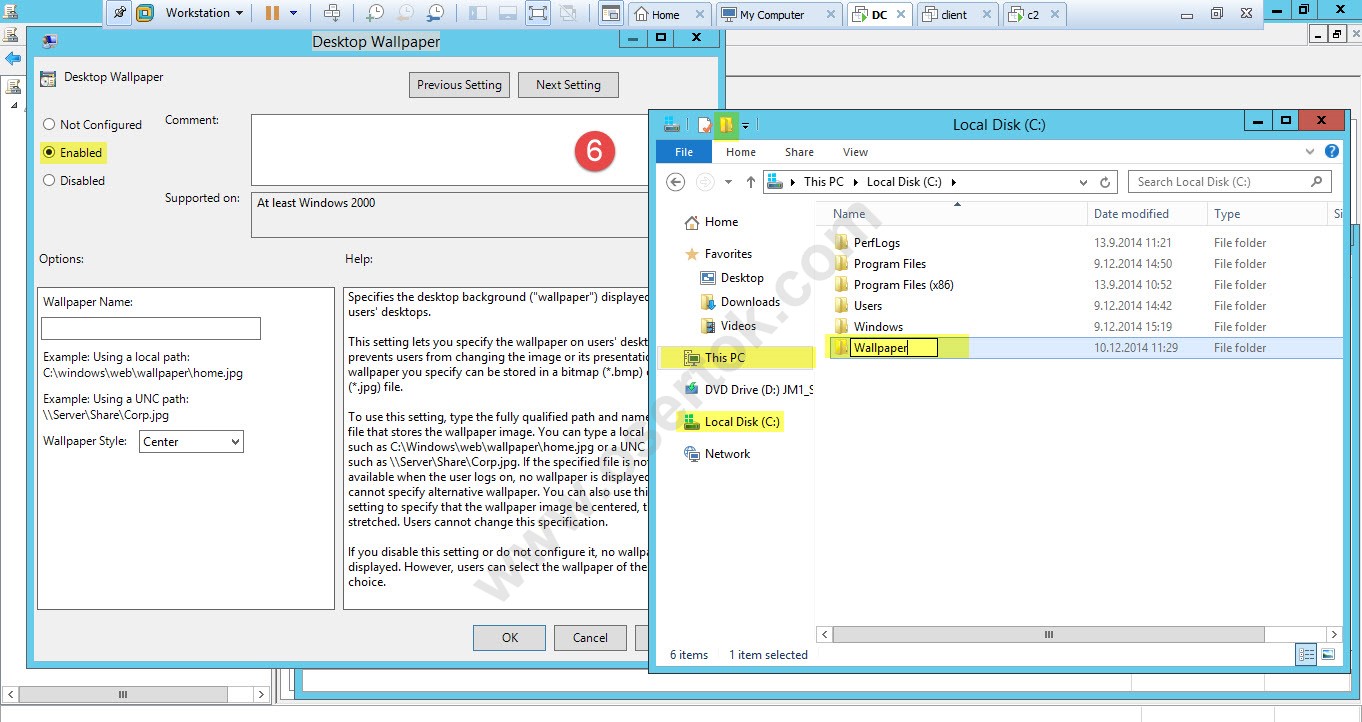

- #WINDOWS 10 DESKTOP GROUPS UPDATE#
- #WINDOWS 10 DESKTOP GROUPS WINDOWS 10#
- #WINDOWS 10 DESKTOP GROUPS WINDOWS#
In the Azure portal, you can manage the device administrator role from Device settings. Assign a user to administrator roles in Azure Active Directory.View all members of an administrator role in Azure Active Directory.
#WINDOWS 10 DESKTOP GROUPS UPDATE#
To view and update the membership of the Global Administrator role, see: In addition to the global administrators, you can also enable users that have been only assigned the device administrator role to manage a device. Azure AD also adds the Azure AD joined device local administrator role to the local administrators group to support the principle of least privilege (PoLP).

The Azure AD joined device local administrator roleīy adding Azure AD roles to the local administrators group, you can update the users that can manage a device anytime in Azure AD without modifying anything on the device.
#WINDOWS 10 DESKTOP GROUPS WINDOWS#
When you connect a Windows device with Azure AD using an Azure AD join, Azure AD adds the following security principals to the local administrators group on the device: The content of this article doesn't apply to hybrid Azure AD joined devices. This article explains how the local administrators membership update works and how you can customize it during an Azure AD Join. A membership update is, for example, helpful if you want to enable your helpdesk staff to do tasks requiring administrator rights on a device. You can customize the membership update to satisfy your business requirements. As part of the Azure Active Directory (Azure AD) join process, Azure AD updates the membership of this group on a device. To manage a Windows device, you need to be a member of the local administrators group. Right click anywhere on your desktop and select Sort by then click Item type.
#WINDOWS 10 DESKTOP GROUPS WINDOWS 10#
If it’s too tedious to sift through all of your icons and put them into folders, just let Windows 10 help you create some order. Windows 10 can sort your desktop icons by type. Option 3: Have Windows 10 Order Your Desktop Icons for You If you’re a little overwhelmed, you can also just have Windows 10 sort files for you. You can create as many folders as you need and we recommend sorting each folder into categories like applications, multimedia software, or other types of files like videos or pictures. Simply click into this folder to view all the icons you moved there. You can then easily drag and drop any desktop icon into this folder which will make it disappear from your view. This will automatically produce a new folder on your desktop. Click on Folder from the dropdown options and type in a new name for the folder when prompted. To create a new folder, just right click anywhere on the desktop and select New. The best path to an orderly desktop is to use folders. Option 2: Use Folders to Organize Desktop Icons This may be a smarter path if you still want to keep desktop icons around. While this is a simple solution, Windows also offers built-in features that helps you organize files and folders. This will hide all of your desktop icons (you can easily undo this action simply by clicking Show Desktop Icons again). All you need to do is right click anywhere on your desktop and select View. If you don’t want to see the mess, you can simply toggle desktop icons off. It’s the equivalent of shoving everything in your closet or under the bed: out of sight, out of mind. You may be familiar with this method if you hated cleaning your room as a kid. So here are 3 ways you can easily organize a Windows 10 desktop. You may need to adopt a new method to organize the madness. But if your desktop starts to look like this: We admit, sometimes it’s just handy to have an easy shortcut to all your apps and files in one place. If you look at your desktop and immediately start thinking, “Oh my stars and garters, that’s messy,” then it may be time to organize…

I s your desktop messier than a teenager’s bedroom floor? How Messy Is Your Desktop? – Tech Tip for October 30, 2019


 0 kommentar(er)
0 kommentar(er)
